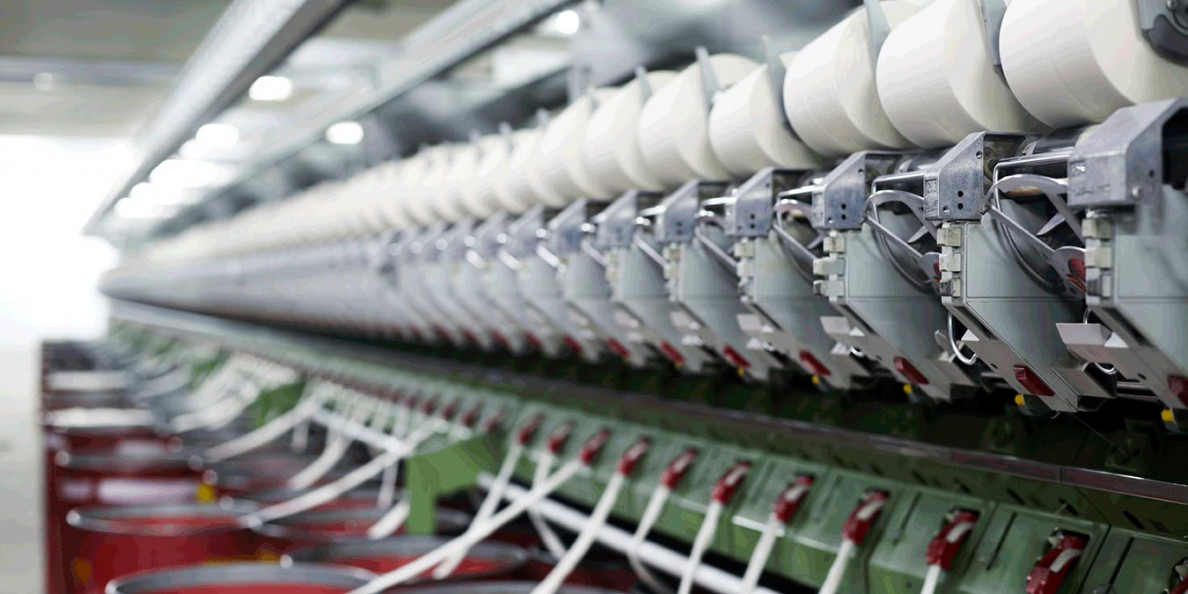India’s cotton textile sector is at an important stage, given the trade situation between other major cotton producing and trading countries.
The unsettling trade situation between the United States, the world’s leading cotton exporter, and China, one of the world’s leading users, should place India’s cotton and textile sector in a better situation. Indian currency has been weakening against the dollar, which should also benefit textile exports.
However, this positive sense is not felt by the textile industry in India.
Earlier this month, the Indian government announced a 28% increase in the minimum support price (MSP) for important crops such as cotton and paddy to help support farmers. While the farm sector support is welcomed by the agriculture, textile and allied sectors, there is some feeling within the textile sector that the farm level support should not have come through market programs. The MSP increase will likely increase the price of domestic cotton and make the raw material relatively expensive, which will impact the textile sector.
Mr. S. Velmurugan, general manager of a large cotton spinning mill in Aruppukottai, India, questions whether spinners will be in a position to absorb higher prices. His mill has about 70,000 ring spindles and produces fine count yarns catering to the home textiles sector. While the industry benefited due to its established presence as a leading yarn exporter and relatively less expensive skilled labor force, Velmurugan stated that those advantages have been slowly eroding due to countries like Vietnam, Indonesia, and others.
These current situations make it clear that the Indian cotton sector should focus on increasing its productivity, improving its quality, working on its contamination levels and diversifying its strength. Economically feasible and suitable projects that can attract both domestic and export markets are needed.
Enhancing its product offerings, strengthening its downstream processing and developing value-added textile sectors such as technical textiles could offer near- to long-term benefits for India’s textile industry.
Dr. Seshadri Ramkumar is a professor in the Department of Environmental Toxicology and The Institute of Environmental and Human Health at Texas Tech University, and a frequent contributor to Cotton Grower.
Πηγή: Cotton Grower

